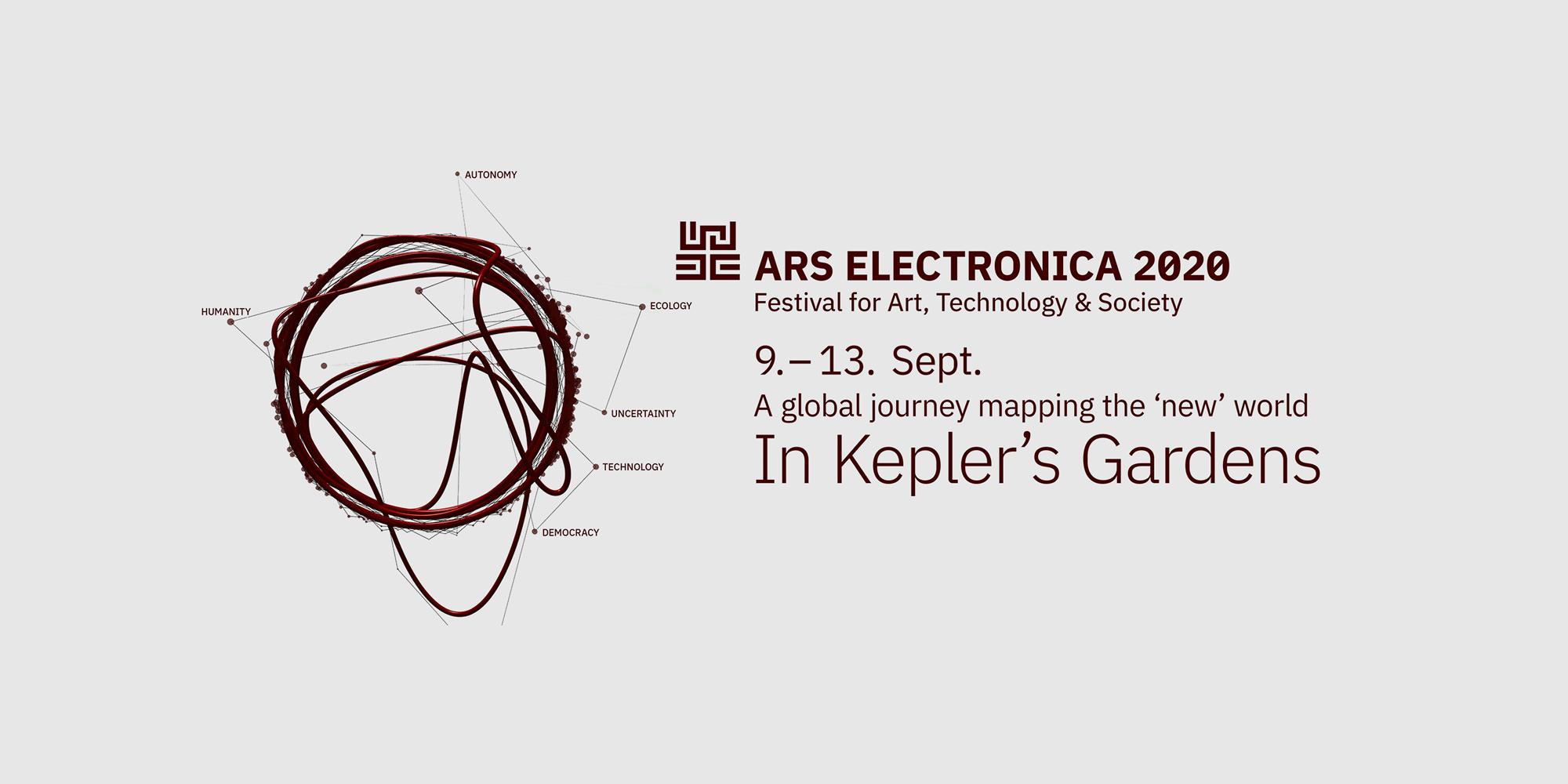Workshop

Workshop: Remote Sensing the Red Planet
Shane Houchin
Remote sensing is the acquisition of information about an object, area, or phenomenon without making physical contact. Typically performed by satellite or aircraft that measure the reflected or emitted electromagnetic radiation from a surface. Applications of remote sensing include, Geology, Hydrology, Agriculture, Conservation, Urban Planning, Transportation, Glaciology, Forestry, Ecology, to mention a few.
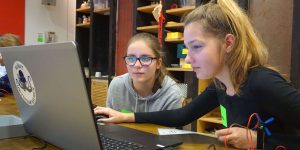
Scratch-Introduction: Rocket launch!
You can`t get to space without the help of computers – so here’s an introduction for children (10-14 years) who want to learn programming. Via the free online platform Scratch we will animate an interactive rocket launch.

A sketchnote-workshop online - our experience
Participatory workshops with students offer exciting new perspectives for scientific communication, but what happens when they have to be done remotely? In this online seminar we will explore the challenges and opportunities provided by shifting a Sketchnote workshop with students to an online format.

Space in the classroom? - It's not rocket science!
Everybody loves space, but how can teachers include space topics in class? This online seminar offers simple experiments as supplements to “normal” STEM-lessons and introduces extracurricular learning centers that offer deeper dives.

Live Program of Telluric Vibrations, UCLA Botanical Gardens – Los Angeles
Enjoy the extensive live Program of Telluric Vibrations, UCLA Botanical Gardens – Los Angeles
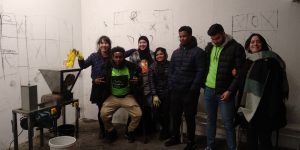
Bioplastics and the New Materiality of Waste
Idil Akdos (NO)
Wie entsorgen wir neue Materialien sicher? Das Team von CitiComPlastic untersucht, wie Abfälle aus Biokunststoff sicher in Kompost umgewandelt werden können. Diskutieren Sie mit ihnen, wie neue Materialien und Umweltprobleme zusammenhängen und wie wir unsere Praktiken, Strukturen, Richtlinien und Perspektiven ändern müssen, um diese Frage anzugehen.
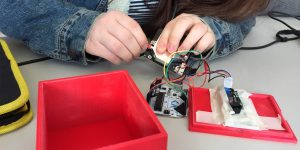
Schools and the Science of Air Pollution
Sonja Grossberndt (NO)
Gemeinsam mit Lehrer*innen und Schüler*innen zeigt uns das Team von NILU, wie man preiswerte Luftqualitätssensoren herstellt und sie am besten zur Erforschung der Luftqualität einsetzt.
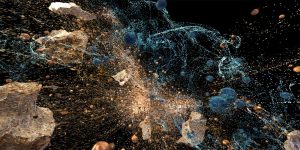
What is Noise? Interdisciplinary Discussion
Marc Aguilar and Víctor Jiménez (ES)
Das Team hinter Noise Maps lädt internationale Expert*innen für Geräusche und Klänge ein, um unsere Einstellung zu Geräuschen, ihren Wirkungen und Auswirkungen sowie unsere Handlungsfähigkeit bei der Gestaltung von Klanglandschaften zu diskutieren. Bei dieser Podiumsdiskussion bleibt auch Zeit für Fragen aus dem Publikum.
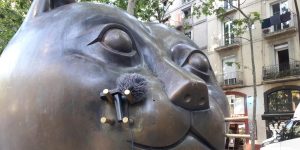
Sonic Heritage of Inner City Barcelona
Marc Aguilar and Víctor Jiménez (ES)
Bit Lab Cultural Cooperative arbeitet mit Anwohner*innen von Raval an Noise Maps (Lärmkarten), um Audioaufnahmen mit Hilfe von in der Stadt aufgestellten Audio Moths zu sammeln und zu lernen, wie man städtischen Lärm am besten untersucht.

Loss of the Night
Helga Kuechly, Chris Kyba (DE)
Das Team von Loss of the Night erklärt, wie Lichtverschmutzung unsere Sicht auf den Nachthimmel beeinflusst und unsere Erfahrungen in Daten umgewandelt werden können. Die Präsentation bildet den Auftakt zu einer 24-stündigen Aktion zur Beobachtung des Nachthimmels, bei der Teams rund um den Globus mit Hilfe der App "Loss of the Night" zugeschaltet werden und uns zeigen, wie der Nachthimmel an ihrem Standort aussieht.

Tired Moths and Quiet Stars
Sibylle Schroer (DE)
Das Projekt Tatort Straßenbeleuchtung arbeitet mit Bürger*innen und Schulen zusammen, um die Auswirkungen des Designs von Straßenlampen auf fliegende Insektenpopulationen zu erforschen. Schließe Dich dem Team im brandenburgischen Makerspace Verstehbahnhof an, wo Teenager aus der Umgebung Daten zur Umweltverschmutzung sammeln, bevor sie die vier Standorte von Tatort Straßenlampen besuchen und lernen, wie man Fluginsekten erkennt.

Street Spectra – Join the Streetlights Hunting!
Lucía García (ES)
Verwandel Dein Smartphone mit Hilfe eines billigen Beugungsgitters in ein wissenschaftliches Instrument. Mit dem Citizen Science Projekt Street Spectra erhältst Du überraschende Bilder von den bunten Spektren, die die Straßenlaternen in Deiner Nachbarschaft erzeugen.

Dance the distance
Ariella Vidach (IT), Claudio Prati (CH), Paolo Solcia (CH), Riccardo Santalucia (IT), Sebastiano Barbieri (IT), Francesco Luzzana (IT), Giovanni Landi (IT)
Live Guided Tour in a Dance Virtual Studio. MEET’s second project Dance the distance is a live guided tour through a virtual dance studio. Participants as avatars will be able to meet the virtual dancers and join an open rehearsal for a VR dance performance in progress.

CNMAT ODOT
John MacCallum(USA), Jeff Lubow (USA)
In diesem Workshop geben wir eine kurze, praktische Einführung in ODOT, eine dynamische, multiparadigmatische Programmierumgebung, die mit Open Sound Control arbeitet. ODOT wurde Anfang 2007 an der CNMAT entwickelt und hat sich zu einer leistungsstarken und robusten Suite von Werkzeugen entwickelt, die in einer Vielzahl von Kontexten nützlich sind, von der Signalverarbeitung für Gesten bis hin zur computergestützten Komposition. Während dieses Workshops werden wir den aktuellen Stand des Pakets und die Zukunft des Projekts diskutieren.
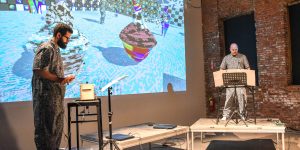
ORCHIDEA with Composer and Lead Researcher at CNMAT
Carmine Cella
Carmine Cella is available to host a live online demonstration/workshop for ORCHIDEA, a framework for static and dynamic computer-assisted music orchestration. Orchestration consists largely of choosing combinations of sounds, instruments, and timbres that support the narrative of a piece of music. The ORCHIDEA project assists composers during the orchestration process by automatically searching for the best combinations of orchestral sounds to match a target sound, after embedding it in a high-dimensional feature space.
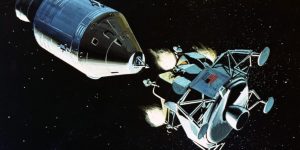
A new moon landing
Mehak Sarang
We are going to the moon again, and this time, to stay. But how should we do it this time and do it right?

Interplanetary Time, Communication, and Longevity
Che-wei Wang, Sands Fish
When distance is measured by light years, how do we learn from the past and make decisions for the future?
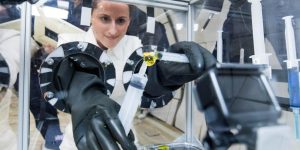
Wellbeing in Extreme Environment
Maggie Coblentz
How do we adapt to extreme conditions and how we care for each other? In the time of pandemic and isolation, can we learn from astronauts and people who have lived through hardships?
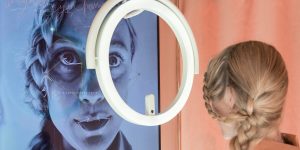
BIOMETRIC MIRROR
Lucy McRae, Natasha Greenhalgh, Dr Niels Wouters
Biometric Mirror is an immersive and at times controversial installation that blends the act of casually glancing at one’s reflection with modern algorithmic perspectives on facial perfection. The artwork explores the accuracy and flaws of artificial intelligence and the ‘uncanny valley’ of algorithmic perfection and its potential black mirror outcomes.

SEAWEED SALON
Lichen Kelp, Jessie French
A two-part workshop series by the Seaweed Appreciation Society International that invites you on a field trip to another world - an alternate seaweed reality, where edible algae bioplastics are mixed up alongside refreshing seaweed cocktails. By speculating on a radically sustainable seaweed future, we will be asking if biomutualism can play a part in our everyday lives in the future. A radical sustainable seaweed intervention has never felt more urgent.
